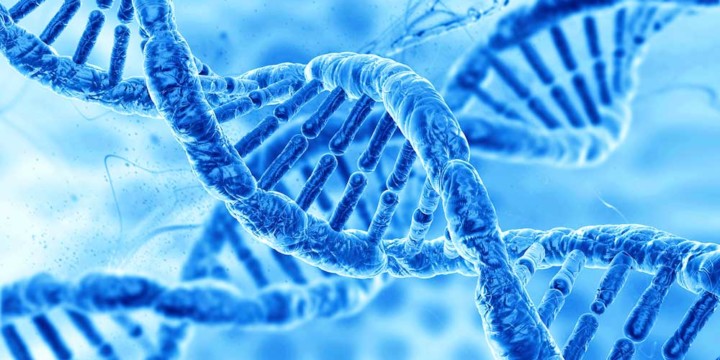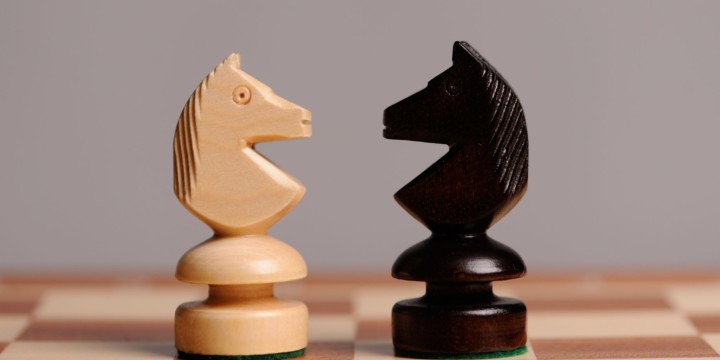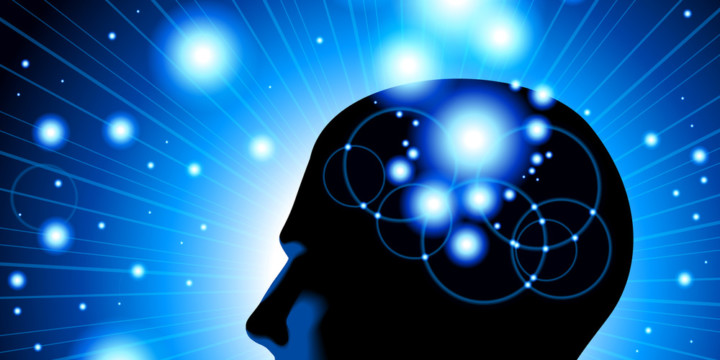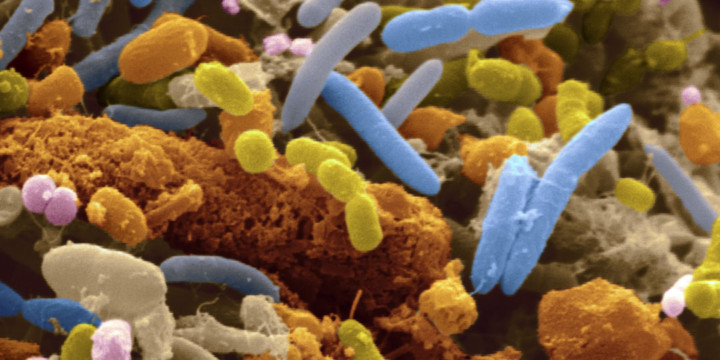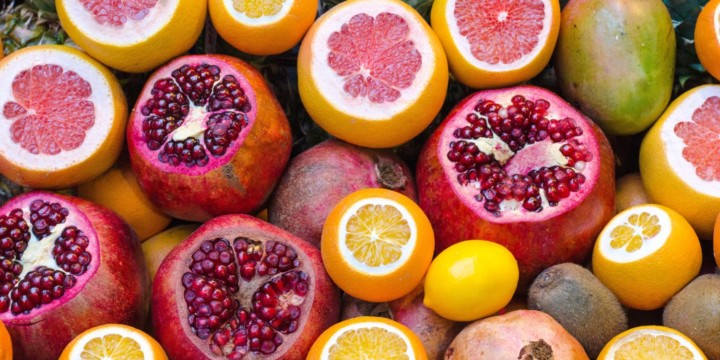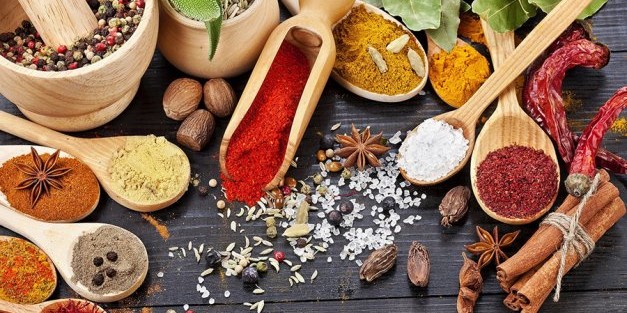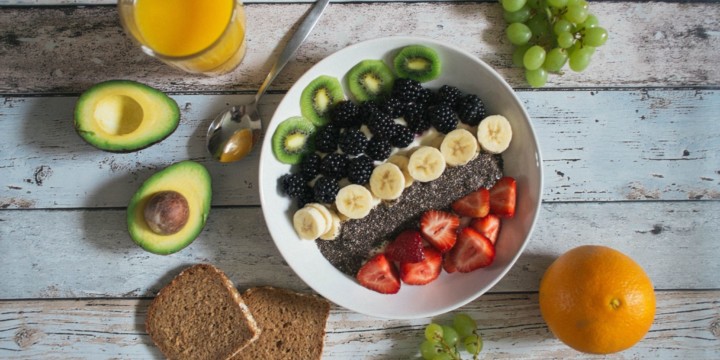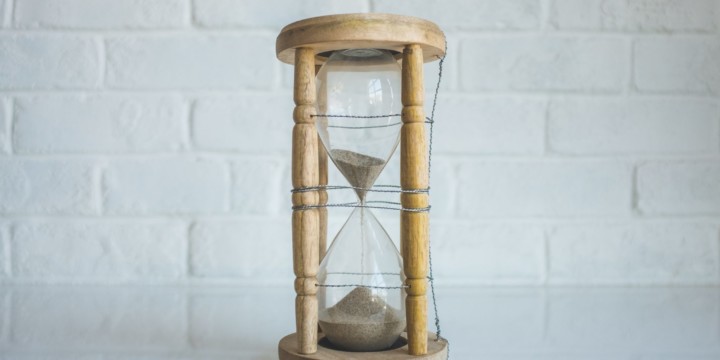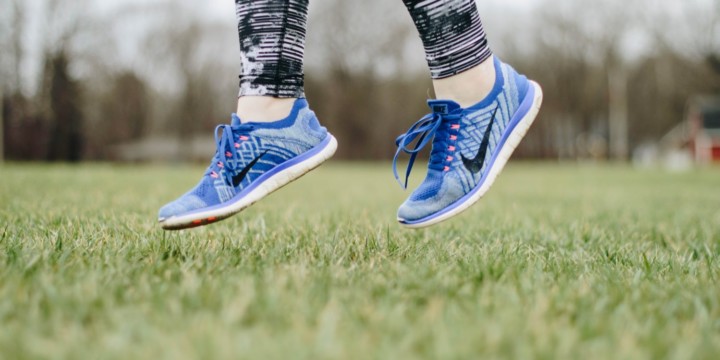Physiology of A Chronic pain
Pain lasting for more than 3 months with no clear diagnosis is referred as chronic pain. Chronic pain is a subjective experience since chronic pain occurs in a variety of location in the human body with no definite description it remains a challenge for healthcare professionals to diagnose and treat such condition.
Causes
- Trauma and past history of trauma can be the main reason for chronic agonizing pain
- Age-related and usually observed in the older age group
- Fatigue of known or unknown origin can be a cause as well
- Post surgery, adhesions due to the past surgery can be a cause
- Sleep disturbances/ decreased appetite can cause fatigue which intern can cause chronic pain, which is a vicious cycle
- Pain due to psychological reasons is one of the most challenging causes to treat
- Malignancies of any origin can cause chronic pain.
Symptoms
- Pain- can be acute or chronic in onset, radiating or not
- Tingling sensation
- Reduced mobility
- Limitation of routine activities
- Depression
Treatment
- The aim is to reduce pain and improve function
- Analgesic can momentarily reduce pain and improve mobility
- Counselling offers emotional support
- Relaxation therapy
- Nerve block using a local anesthetic
- Surgery when the cause of pain is definitive
Ayurveda and chronic pain
Imbalance in vata is the main reason associated with chronic pain. In Ayurveda, there is no pain without vata. Hence vata pacifying treatment is followed in relief of the symptoms.
Treatment of Chronic Pain in Ayurveda
Ayurveda concentrates on addressing the root cause of vitiated vata in treating chronic pain. Some of the Panchakarma therapies that are used are –
Shehana/ oil massage: Snehana is considered very beneficial in treating pains of any origin. It helps relieve pain, tames vat, treats muscle and joint stiffness, mobilizes toxins, increases circulation and relaxes the body
Udvartana: It is a deeply penetrating herbal massage that helps in expelling the toxins out of the body. Udvartana improves blood circulation, reduces joint stiffness and eases the bodily pain
Swedana: The herbal steam bath removes the toxins embedded in deeper tissues promoting circulation, reducing inflammation, relaxes the body and relieves pain
Diet
- Warm, mildly spiced food should be consumed; consumption of cold and preserved food should be avoided
- Sweet, sour and salty tasting food are all vata pacifying hence beneficial in chronic pain and should be consumed in moderation
- Fried and oily food should be avoided as it aggravates vata dosha
- Consumption of preserved food and artificially flavored food should be completely stopped.
Lifestyle modifications
- Maintaining a healthy natural bodily rhythm is very essential, as its irregularities can cause imbalances in dosha.
- The unnecessary stress of any kind should be avoided
- Regular exercise, yoga, and pranayama are advised for chronic pain management.
- Relaxation therapy in any form is of great help in alleviating pain
Ayurvedic herbs
Jatamansi (spikenard), Nirgundi (Vitex negundo): These aromatic herbs very effective in treating the pain of unknown origin acting on the central nervous system.
Brahmi (Bacopa monniera): It a herb native to India and is used in various health tonic for total wellbeing.
Haritaki (Terminalia chebula): It is rich in vitamin C and minerals like magnesium, selenium, copper, iron and reduces pain through its anti-inflammatory action.
Daruharidra (Berberis aristata): It is known for its anti-allergy, anti-inflammatory properties. It is a mild analgesic as well hence beneficial in treating chronic pain.
Gokshura (Tribulus terrestris): It increases blood circulation to the organs and eliminates toxins and reduces inflammation.
Ashwagandha (Withania somnifera), Guggulu (Commiphora guggul) and garlic (Allium Sativum) have anti-inflammatory and analgesic property and are used in various proportions and concoctions in pain management.
Yoga and Pranayama
According to yogic science present pain have their roots in past pain, stress, trauma, and illness
Yoga asanas beneficial in chronic pain management
Supta matsyendrasana (supine twist pose): This pose relaxes the spine and abdominal muscles and eliminates toxins from the body and increases blood supply to the internal organs.
Supta padangusthasana (reclining hand to toe pose): This asana relieves pain in the lower back and arthritic pain of hip and knee joint.
Upavistha konasana (seated angle pose): This asana stretches the muscles of the legs and calms the mind
Navasana (boat pose): It stimulates the thyroid gland, strengthens the abdominal and calf muscles and relaxes the body and mind.
Sethu bandhasana (bridge pose): It stretches the neck and chest, improves blood circulation in the body and calms the mind
Trikonasana (triangle pose): This asana stretches the shoulder, relieves anxiety improves the immune system.
Garudasana (eagle pose): relieves low back pain, strengthens the muscles of the leg and improves neuromuscular coordination.
Pranayama beneficial in chronic pain management
Anulom Vilom, Bhastrika, and Bhramari pranayama induces a relaxation response, reduce muscle tension and is beneficial in pain management.
Apart from pranayama a regular practice of meditation and Yoga Nidra can help in relieving pain. Meditation helps a person to face the pain and release it and also changes his/her perception towards pain. Science has also shown that meditation reduces inflammation in the body which in turn has a salutary effect on pain.
Naturopathy and Chronic Pain
Naturopathy treats chronic by relaxing the body and inducing it to release pleasurable chemicals that ease the sensation of pain
Treatment of Chronic Pain in Naturopathy
The naturopathy treatment focuses on first cleansing the body of toxins. The accumulated toxins in the body are primarily responsible for causing the imbalance in the body.
Detox
The detox is carried out by way of fasting, vegetable and fruit juice diet, massages, hydrotherapy, enema, colon hydrotherapy, kidney and liver packs.
Diet
- A freshly cooked meal is advised with a major portion of meal comprising of salads and rest being supplemented by staple food.
- The diet should be rich in antioxidant and anti-inflammatory food items.
- The food allergies, intolerances, and sensitivities are due recognized and these food items are removed from the diet. 90 percent of food sensitivities are due to dairy, eggs, tree nuts, shellfish, peanuts, and gluten. Taking off these food items from the diet would help.
- A protein-rich diet is advised as it helps the body overcome the bodily pain
- Omega 3 fatty acid, found in fish oil has analgesic and anti-inflammatory property, hence diet rich in omega 3 fatty acid is beneficial pain management.
Lifestyle modifications
- Regular exercises, aerobics, yoga and nature walks are beneficial in chronic pain
- Indulging in aromatherapy, body massages, hydrotherapy and art therapy is a good stress buster and can relax the mind and ease the pain of unknown origin
- Acupuncture, Chiropractic care, and Amatsu are few of the alternative form of therapy found beneficial in pain management
- Maintaining a healthy and regular sleep pattern is important for the mental and physical well being
- Substance abuse should be strictly prohibited
Botanical herbs
Curcumin longa (turmeric): It is a powerful anti-inflammatory agent and useful in pain due to inflammatory causes.
Capsaicin: Capsaicin is used as an analgesic for a long time. It is used in post alleviating surgical pain.
Ginseng, Kava Kava, St. John’s Wort (Hypericum perforatum): These are few other herbs that are useful in pain management
Salix alba (white willow), Viburnum opulus (cramp bark): These are powerful analgesic that acts centrally (brain and related structures), hence overdose causes serious complications and should be used with precaution and supervision.
For Guide to travelling with chronic pain read here

